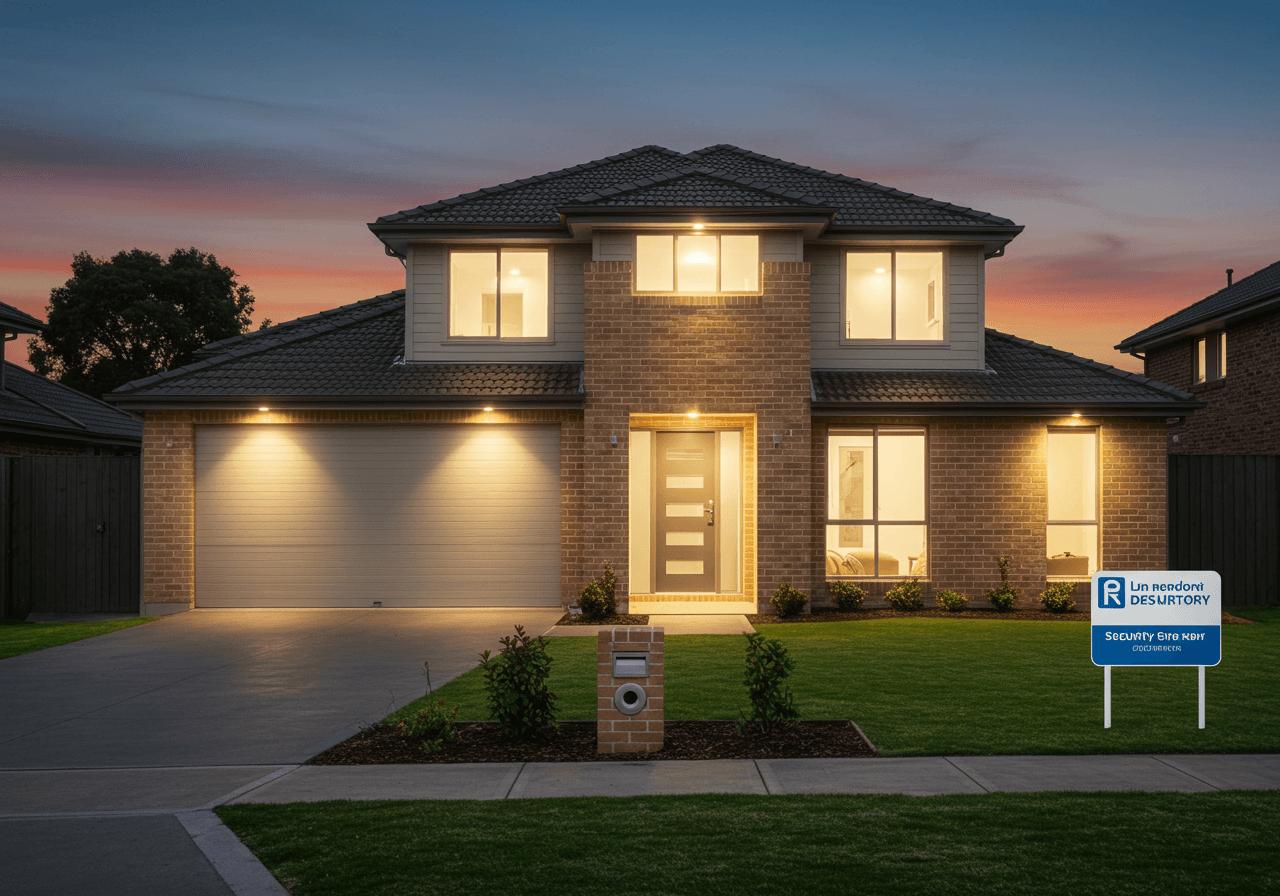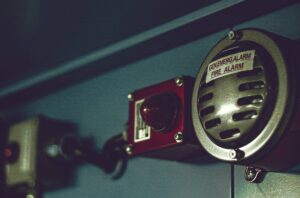Home burglary incidents often follow predictable patterns, with over a third of break-ins occurring through the front door and more than half involving forced entry. Understanding these patterns and implementing proven security measures can significantly deter burglars and reduce your risk, as criminals typically choose a home or property that appears vulnerable and offers easy entry. The definition of burglar essentially refers to a person who illegally enters a building to steal.
Implementing multiple security measures like proper locks, security systems, and strategic lighting creates layers of protection that make your home less appealing to potential burglars. Simple habits like securing all entry points and maintaining an occupied appearance can dramatically reduce your property’s vulnerability to burglary.
Key Takeaways:
- Entry point security is crucial, as 34% of burglars enter through front doors and many break-ins involve unlocked doors and windows.
- Homes without security systems are significantly less likely to deter a burglar, yet many homes in the UK lack complete alarm systems.
- Strategic lighting and clear sightlines eliminate places to hide and make your property less attractive to potential burglars.
- Creating an occupied appearance when away is essential, as burglars typically target unoccupied homes where they believe they won’t be disturbed while they commit the burglary.
- Building community security networks like Neighbourhood Watch multiplies protection through vigilance and prompt reporting of suspicious activity.
The Truth About Home Break-ins
Understanding how a burglar or thief operates is the first step in effective home protection. Statistics show a high percentage of break-ins involve forced entry (often using a tool), while many others occur through unlocked doors and windows – highlighting how basic security measures could help prevent many domestic burglary incidents. The typical burglar follows patterns: many enter through the front door, others via the back door, windows, or the garage.
Most home robberies start on the first floor. The average burglary lasts just 8-12 minutes, with typical losses averaging around £2,000 per incident in areas like England and Wales. Recovery rates for stolen property are often low, demonstrating why prevention is far more effective than dealing with the aftermath after a criminal decides to burgle your premise.

Secure All Entry Points
Your home’s doors and windows represent the first line of defense against an intruder. Since many burglars enter through the front door, ensuring all entry points are properly secured is important. Install strong deadbolt locks on all exterior doors.
For sliding glass doors, use secondary locking mechanisms like security bars. Don’t forget securing garage access doors. When you move into a new home or lose your keys, change the locks immediately to prevent anyone with an old key from gaining entry.
Window security is equally important. Install additional window locks or pins. Ensure any ladders or tools in the garden that could be used to break a window or gain access are stored away securely.
Install Home Security Systems and Cameras
Homes without security systems are much more likely to be targeted by a burglar. The deterrent effect is significant – many burglars check for alarm systems before they attempt to gain entry, and may abandon their plans if they detect one.
Modern burglar alarm systems offer protection through sensors and loud alarms. Consider professionally monitored systems that alert authorities. CCTV cameras serve as both deterrents and evidence collectors (via recording). Install visible cameras (or even dummy cameras as a basic deterrent) at major entry points. Video doorbells are effective, allowing remote monitoring and creating the impression someone is home. Display authentic security system signs – burglars typically avoid homes with visible security.
Optimize Lighting and Visibility
Burglars prefer to work undetected, making proper lighting one of the most effective deterrents. Install exterior lights at all entry points and around the garden / perimeter to eliminate places to hide. Motion-sensor lighting is particularly effective.
Proper landscaping helps. Trim shrubs near windows and doors. Maintain clear sightlines from the street, making it harder for a burglar to approach unnoticed. Ensure items like a ladder aren’t left accessible in the garden. Cover valuable items visible through windows.
Appear Home Even When You’re Away
Unoccupied homes are prime targets. Creating the impression your home is occupied is essential when away. Use smart lighting on timers mimicking a realistic routine.
Never announce your absence on social media. Many victims know their thief personally, highlighting the importance of discretion. Broadcasting plans or expensive purchases online can make you vulnerable.
Arrange for mail or delivery collection to prevent visible accumulation. Break down boxes from valuable purchases before disposal.
Upgrade Access Control Methods
Traditional key-based security has vulnerabilities. Never hide keys outside – burglars know common spots. Consider upgrading to keyless entry or smart locks. Leave spares with trusted neighbours.
The garage is another vulnerability. Secure the garage with additional locks, cover garage windows, and consider a door entry system alert.
Build Community Security Networks
A vigilant neighborhood creates a powerful collective security system. Join or form a Neighbourhood Watch program. Connect with neighbours via an app or group chat for real-time alerts about suspicious persons or activities.
Reporting suspicious activity immediately (e.g., via www.police.uk or calling 101 in the UK) helps prevent crime. Active communities deter criminals. Knowing your neighbours helps recognise who belongs and who might be an intruder. Even having a dog that might bark at strangers can be a deterrent, and some people use ‘Beware of the dog’ signs for this reason.
Protect and Document Valuables
The average loss per burglary is significant, with thieves primarily targeting easily grabbed valuables. Store these in quality safes secured to the property structure.
Maintain a detailed inventory (recording details like serial numbers) of valuable items for insurance and potential recovery. Consider marking property. For extremely valuable items, consider off-site storage. Prevention is the best tactic to secure your property.
Sources
sjpd.org – Burglary Prevention
cnet.com – 11 Smart Home Gadgets and Tips to Keep Intruders Out
theparrishlawfirm.com – Secure Your Home: 10 Easy Tips to Deter Burglars
marylandheights.com – Ten Tips to Protect Your Home From Burglaries
simplisafe.co.uk – 12 things burglars don’t want you to know
thezebra.com – Burglary Statistics
aarp.org – 10 Tips to Scare Away Burglars
adt.com – 50+ Surprising Home Burglary Stats and Eye-opening Facts












